In the shadowy depths of the ocean, a silent drama of deception and survival unfolds. The master of this art is not a chameleon on a branch, but the octopus, a soft-bodied cephalopod capable of near-instantaneous transformations. Its skin can shift from a mottled brown to a vibrant crimson, mimic the intricate pattern of coral, or even create the illusion of a rock's jagged texture, all in the blink of an eye. This remarkable ability, known as dynamic camouflage, has long captivated biologists and engineers alike. For decades, the mechanics were a profound mystery, a biological magic trick. Today, cutting-edge molecular biology is finally pulling back the curtain, revealing a sophisticated cellular orchestra conducted by a complex genetic score.
The cornerstone of the octopus's camouflage is a specialized organ within its skin called the chromatophore. Far more than simple pigment sacs, chromatophores are miniature hydraulic machines. Each one consists of a central elastic sac filled with pigment, surrounded by a radial array of muscles and nerves. The old understanding was a simple neural command: the brain signals, the muscles contract, stretching the sac and making the color spot expand and become visible. When the muscles relax, the elasticity of the sac causes it to retract, hiding the pigment. While this explains the rapid on/off function, it barely scratches the surface of the system's true complexity.
Molecular biology has revealed that this process is governed by a precise symphony of neurotransmitters and receptors. The initial signal from the brain is not a simple go command. It involves the release of specific neurotransmitters like glutamate, which bind to highly specialized receptors on the chromatophore muscles. This binding triggers a rapid cascade of intracellular events: ion channels open, calcium floods into the muscle cells, and the contractile proteins actin and myosin are activated in a fraction of a second. The precision of this molecular machinery allows for exquisite control over the degree of expansion, enabling the fine-tuning of patterns and hues, not just their mere presence or absence.
But the chromatophore is only the first act in this display. Beneath this layer lie two other key cell types: iridophores and leucophores. Iridophores are stacks of thin, proteinaceous plates that act like biological prisms. They don't produce color through pigment but through structural coloration, reflecting and interfering with specific wavelengths of light to create iridescent blues, greens, and golds. Leucophores are scattering cells that reflect ambient light, providing a white, diffuse background that enhances the contrast of other colors. The true marvel is how the octopus coordinates all three layers simultaneously.
The emerging molecular picture points to a system of distributed intelligence. While the brain initiates the overall camouflage strategy based on visual input, the execution is far more nuanced. Research has uncovered a vast network of neurotransmitters and neuropeptides within the skin itself. Molecules like acetylcholine and serotonin are not only released from nerve endings but are also produced and utilized by the skin cells locally. This suggests a form of peripheral processing where the skin can refine the central command, adjusting the output of millions of chromatophores, iridophores, and leucophores to achieve a seamless match with the environment. It's a stunning example of embodied cognition, where intelligence is not locked in the brain but is distributed throughout the body's tissues.
The instructions for building and operating this unparalleled system are, of course, encoded in the octopus's genome. Comparative genomics has uncovered a fascinating story of evolutionary innovation. Cephalopods possess a massively expanded repertoire of genes involved in neural development and function. Notably, they have a unique proliferation of protocadherin genes, which are crucial for creating the complex neural connectivity needed to control each chromatophore individually. Furthermore, they exhibit extensive RNA editing, a process where the genetic message is altered after it is transcribed from the DNA. This allows a single gene to produce a variety of slightly different proteins, fine-tuning the function of ion channels and neural receptors in the skin to an extraordinary degree, likely contributing to the flexibility and precision of their camouflage.
The implications of this research extend far beyond satisfying scientific curiosity. The principles underlying dynamic camouflage—distributed sensing, rapid signal transduction, and coordinated actuation—are a blueprint for revolutionary technologies. Materials scientists are actively developing smart skins inspired by cephalopod biology. These materials use soft, compliant actuators and embedded sensors to change color and texture on demand. Potential applications are vast, ranging from adaptive military camouflage for personnel and vehicles to dynamic architectural cladding that regulates building temperature. In the field of robotics, soft robots with octopus-inspired skins could move through complex environments with unprecedented stealth and capability.
As we dive deeper into the molecular underpinnings of the octopus's disguise, we are continually humbled by its sophistication. What appears as a simple color change is, in reality, a masterpiece of evolutionary engineering—a harmonious integration of neural computation, cellular mechanics, and genetic innovation. It challenges our very definitions of intelligence and consciousness, suggesting they can be embodied in ways we are only beginning to comprehend. The octopus does not just wear its camouflage; it lives it, a testament to the power of evolution to craft solutions of breathtaking elegance and complexity from the raw material of biology.
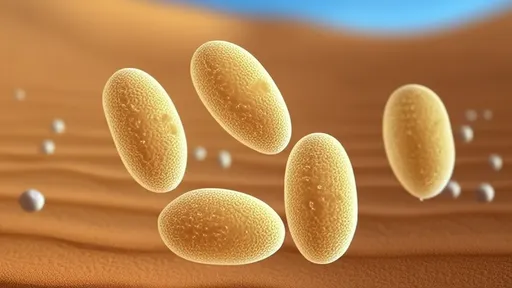
By /Aug 21, 2025

By /Aug 21, 2025
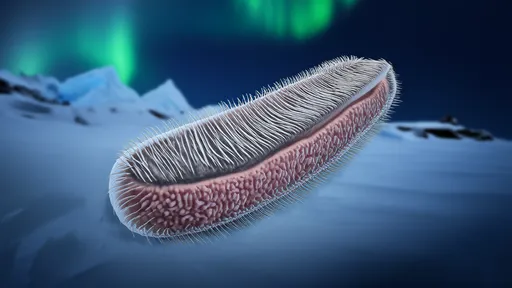
By /Aug 21, 2025
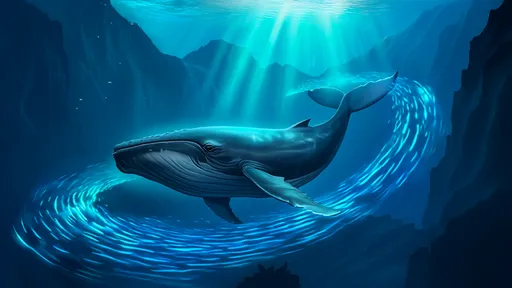
By /Aug 21, 2025

By /Aug 21, 2025
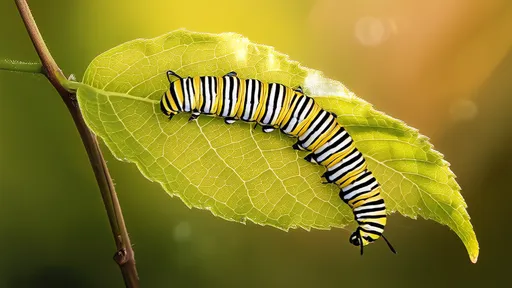
By /Aug 21, 2025

By /Aug 21, 2025
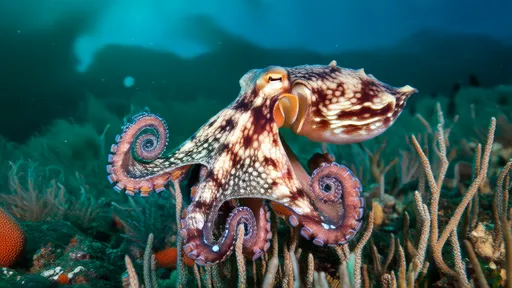
By /Aug 21, 2025
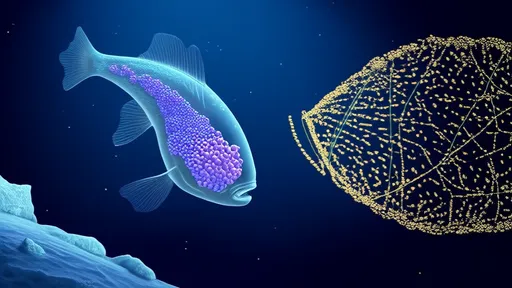
By /Aug 21, 2025

By /Aug 21, 2025

By /Aug 21, 2025

By /Aug 21, 2025

By /Aug 21, 2025
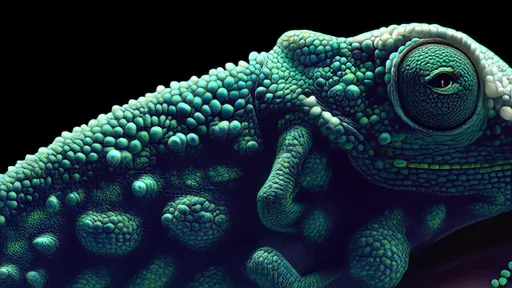
By /Aug 21, 2025

By /Aug 21, 2025

By /Aug 21, 2025
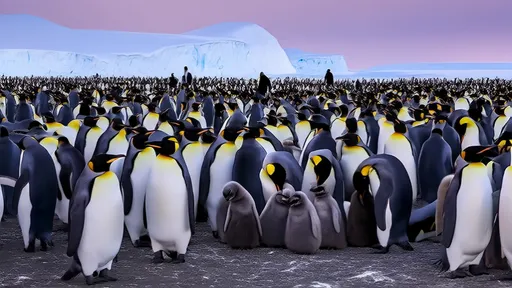
By /Aug 21, 2025
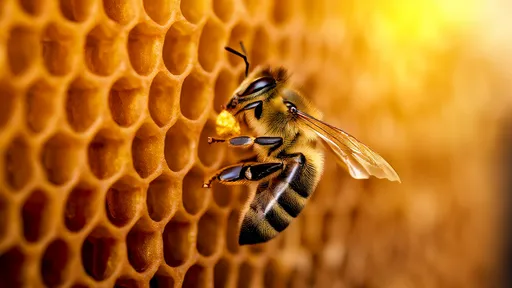
By /Aug 21, 2025
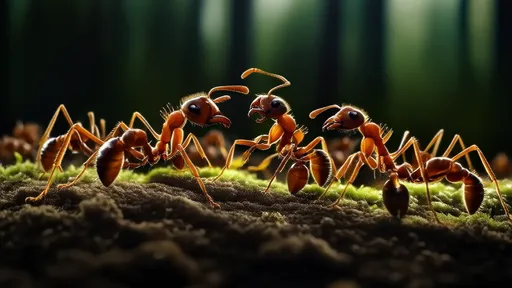
By /Aug 21, 2025
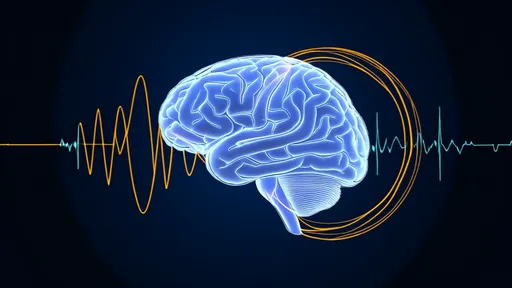
By /Aug 21, 2025